Category: Letter C
-
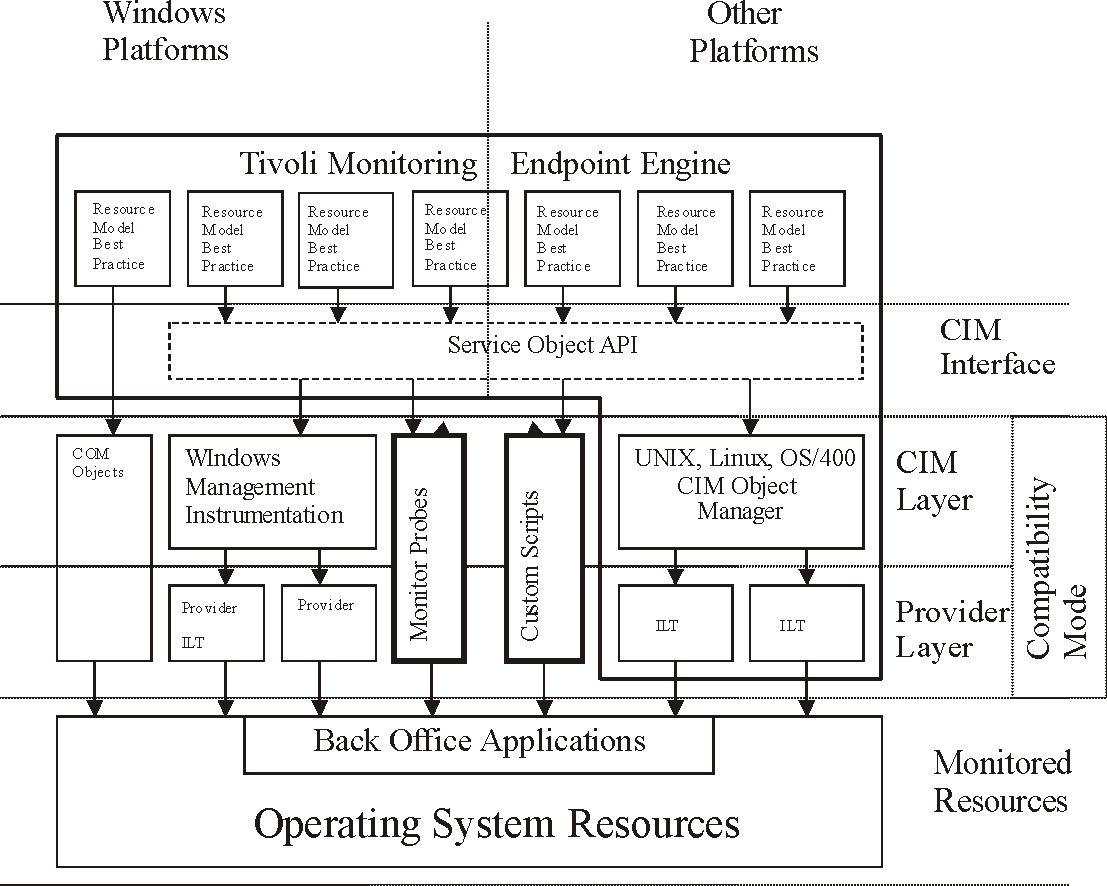
Common Information Model (CIM)
CIM, or Common Information Model, is an emerging standard from the Distributed Management Task Force (DMTF), formerly named the Desktop Management Task Force for an extensible, object-oriented schema for managing the information collected from computers, networking devices, protocols, and applications.
-
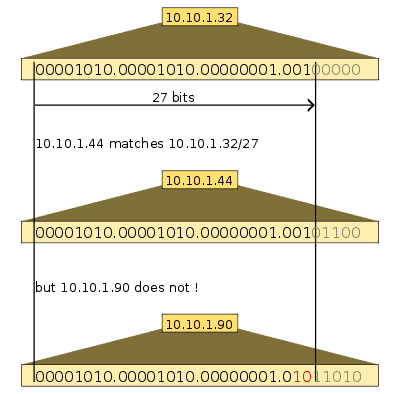
Classless Interdomain Routing (CIDR)
Classless Interdomain Routing, also known by CIDR, is a routing system used by routers and gateways on the backbone of the Internet for routing packets. Classless interdomain routing (CIDR) is a more efficient routing mechanism than the original method of segregating network IP addresses into classes named class A, class B, and class C.
-
Certified Technical Education Center (CTEC)
Explore the historical role of Certified Technical Education Centers (CTECs) and what modern avenues have replaced them for Microsoft training and certifications.
-
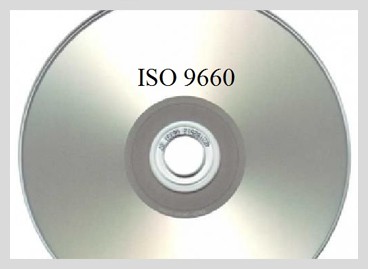
CD file system (CDFS)
CD file system or CDFS is a file system designed for Microsoft Windows 95 that supports the reading of compact discs. A CD file system (CDFS) provides the same kind of file and directory management for CD-ROM devices that the file allocation table (FAT) or NTFS file systems do for hard disks.
-
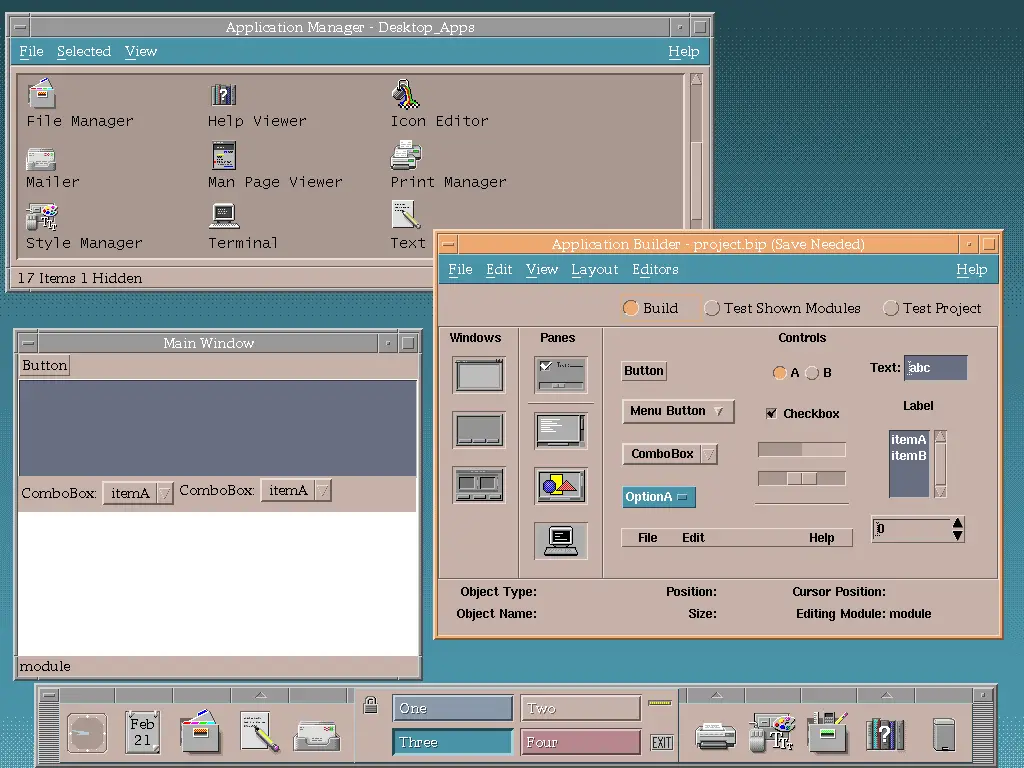
Common Desktop Environment (CDE): A Retrospective
Explore the legacy of the Common Desktop Environment (CDE) – the once-dominant GUI paradigm for UNIX systems, examining its impact and historical significance.
-

CDDI: A Guide to Copper Distributed Data Interface
Get an in-depth look at Copper Distributed Data Interface (CDDI), a cost-effective alternative to FDDI. Discover its technical underpinnings, comparative analysis with FDDI, and why it has lost ground in today’s network landscape.
-

Cold Boot
Explore the concept of a cold boot in computing. Understand its process, importance, and differences from a warm boot. Essential for tech enthusiasts.
-
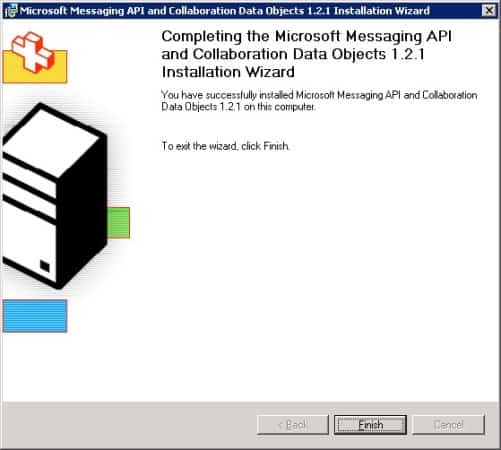
Collaboration Data Objects (CDO)
Unlock the enigma of Microsoft’s Collaboration Data Objects (CDO) in this comprehensive guide. Explore its evolution, modern alternatives, and where it’s still relevant today. A must-read for IT professionals and enthusiasts.
-
Circuit Layer Proxy
Circuit Layer Proxy is any service or server that provides proxy services using a specially installed component on the client computer to form a circuit between the proxy server and the client computer.
-
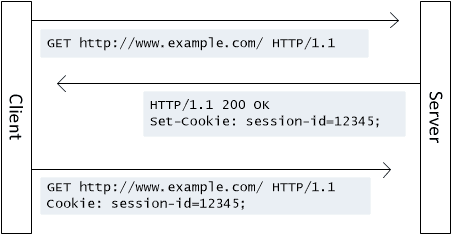
Http Cookie
In Internet technologies, a cookie is a text file that a Web server saves on a client machine during a Hypertext Transfer Protocol (HTTP) session. HTTP Cookies are used to record information about the client’s usage patterns, including the date and time the client visited the site, which pages were accessed, Web browser preferences, and…
-

Cryptography
Cryptography is the use of codes to convert data so that only a specific recipient will be able to read it, using a key. In networking and telecommunications, is the process of securely transmitting data over a network in such a way that if the data is intercepted, it cannot be read by unauthorized users.
-
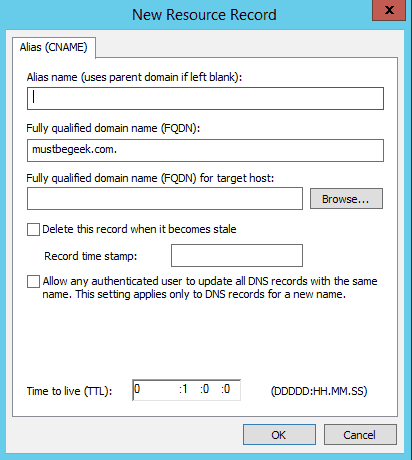
CNAME Record
CNAME Record stands for Canonical Name record, is a Domain Name System (DNS) resource record in a DNS server’s database or zone file. A CNAME record is used to map an alias to the canonical name (true name) of a server.